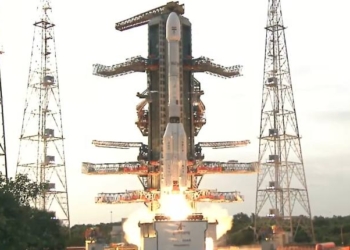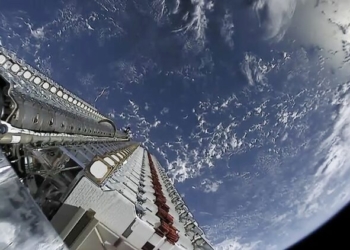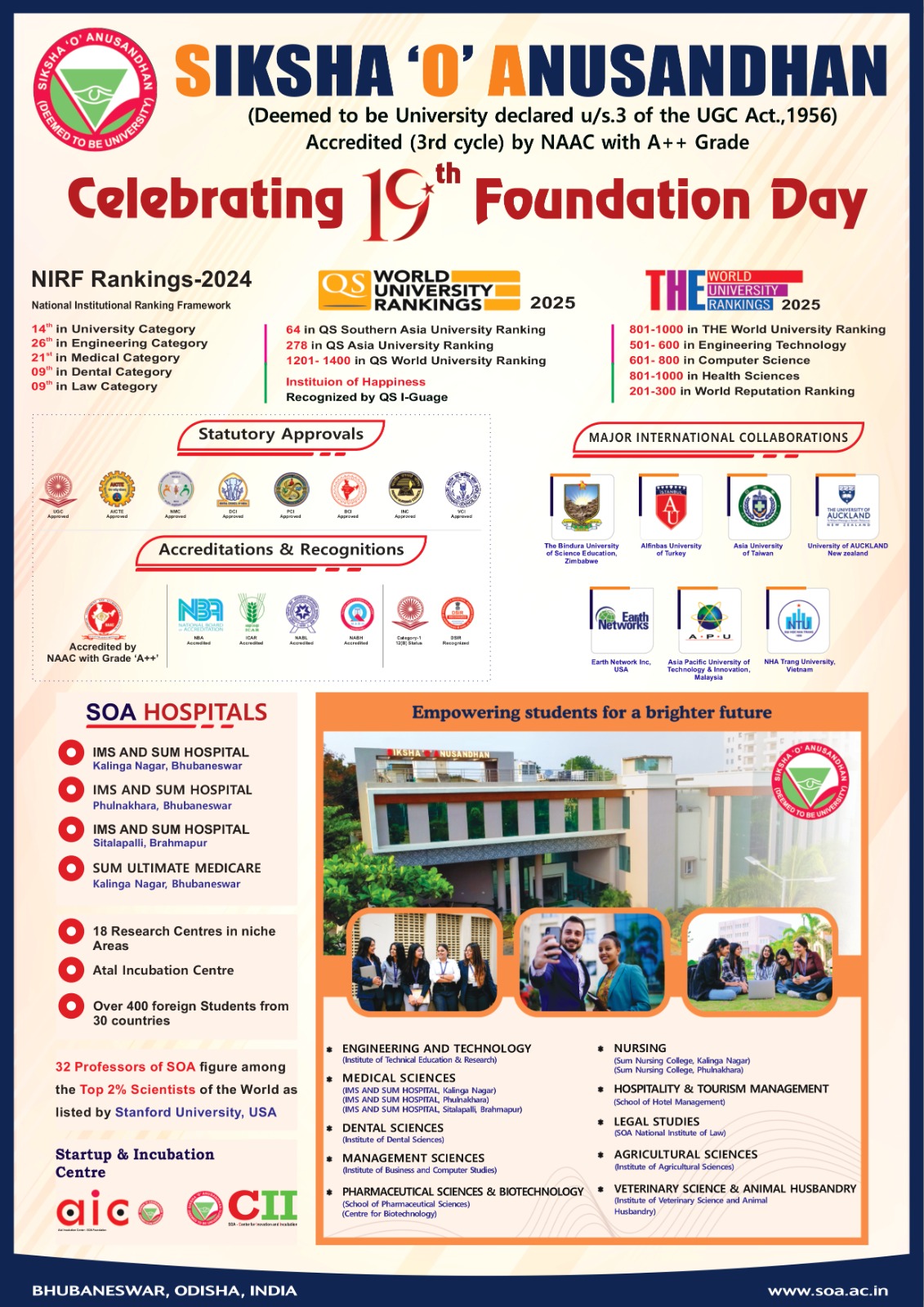San Francisco: SpaceX has called off the first flight test of a fully integrated Starship and Super Heavy rocket.
“A pressurant valve appears to be frozen, so unless it starts operating soon, no launch today,” CEO Elon Musk said in a tweet on Monday.
Starship is currently sitting on a launch pad at the company’s facilities on the southern Texas coastline.
According to SpaceX’s engineer Kate Tice, the next launch attempt would not be before a minimum of 48 hours, which means no earlier than Wednesday.
“We’re not quite sure what that timing will be” for the next attempt, Tice said. She added that the launch time will depend on the data SpaceX saw from Monday’s attempt.
The flight director decided “to stop the launch for today” due to an issue with the pressurisation system in the Super Heavy booster,” said SpaceX principal integration engineer Insprucker.
Earlier SpaceX in its mission plan had stated that Starship and Super Heavy have a 150-minute window in which to lift off from Starbase.
However, the company on Sunday announced that it had pushed the flight back one hour to 9 a.m. EDT (6.30 p.m. IST).
On Sunday, Musk also lowered launch expectations.
“I guess I’d like to just set expectations low,” he said during a Twitter “Spaces” event for his subscribers on Sunday evening.
“If we get far enough away from the launch pad before something goes wrong, then I think I would consider that to be a success. Just don’t blow up the pad.”
“There’s a good chance that it gets postponed since we’re going to be pretty careful about this launch,” he added.
Musk had previously said that there is only a 50 per cent chance that the first-ever orbital mission of SpaceX’s huge Starship vehicle will be a success. But he also stressed that SpaceX is building multiple Starship vehicles at the South Texas site.
These will be launched in relatively quick succession over the coming months, and there’s about an 80 per cent chance one of them will reach orbit this year.
SpaceX aims to use Starship as a fully reusable transportation system to carry both crew and cargo to Earth orbit, help humanity return to the Moon, and travel to Mars and beyond.
“With a test such as this, success is measured by how much we can learn, which will inform and improve the probability of success in the future as SpaceX rapidly advances development of Starship,” the company said.
The first test flight will take around 90 minutes, starting at Starbase, flying east over the Gulf of Mexico and between the Straits of Florida, and finishing off near Hawaii.
Starship consists of a huge first-stage booster, called Super Heavy, and an upper-stage spacecraft known as Starship. The test flight, specifically, uses the prototypes Ship 24 and Booster 7, which will splash down in the ocean rather than make vertical, powered landings.
(IANS)
















